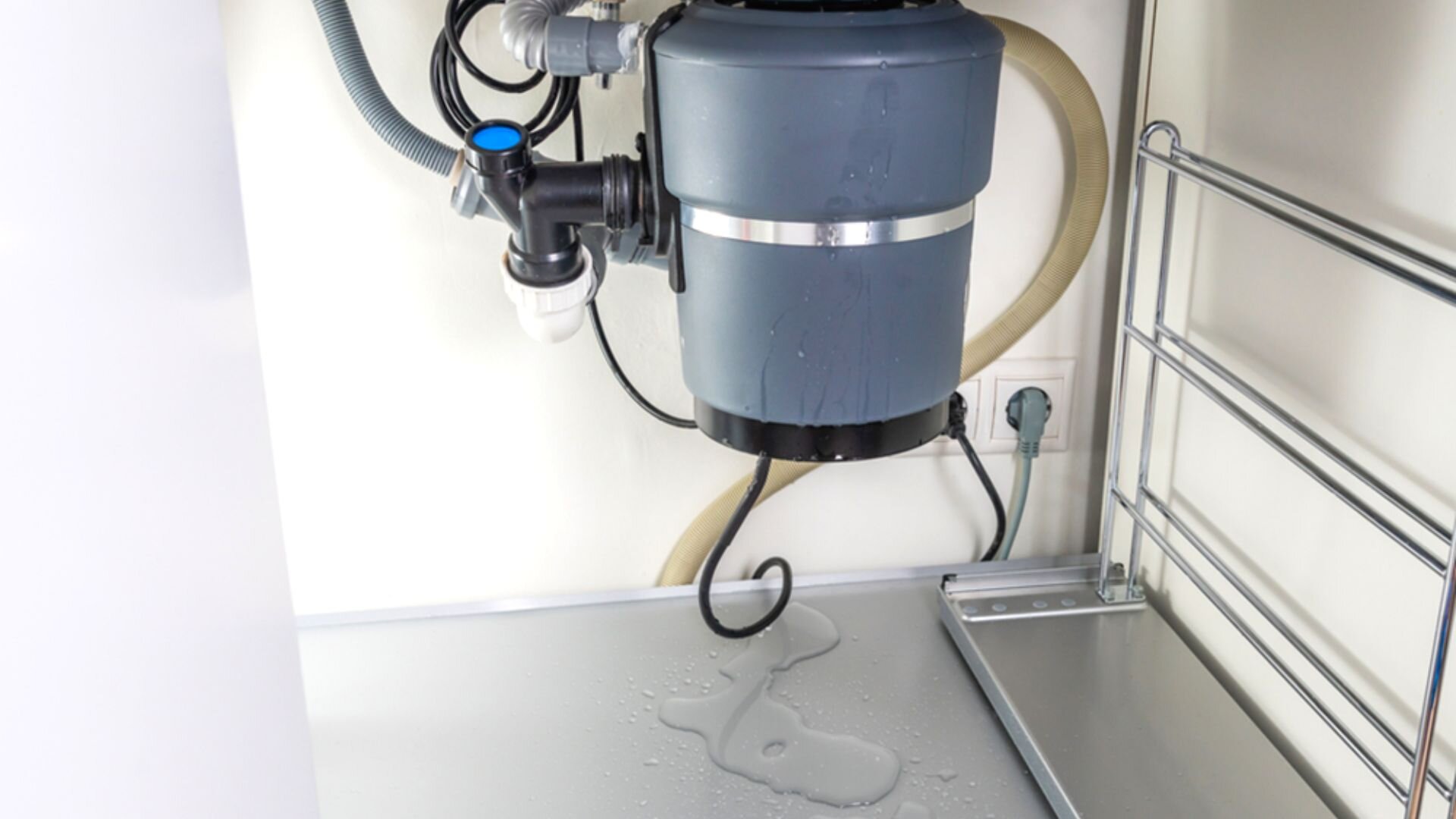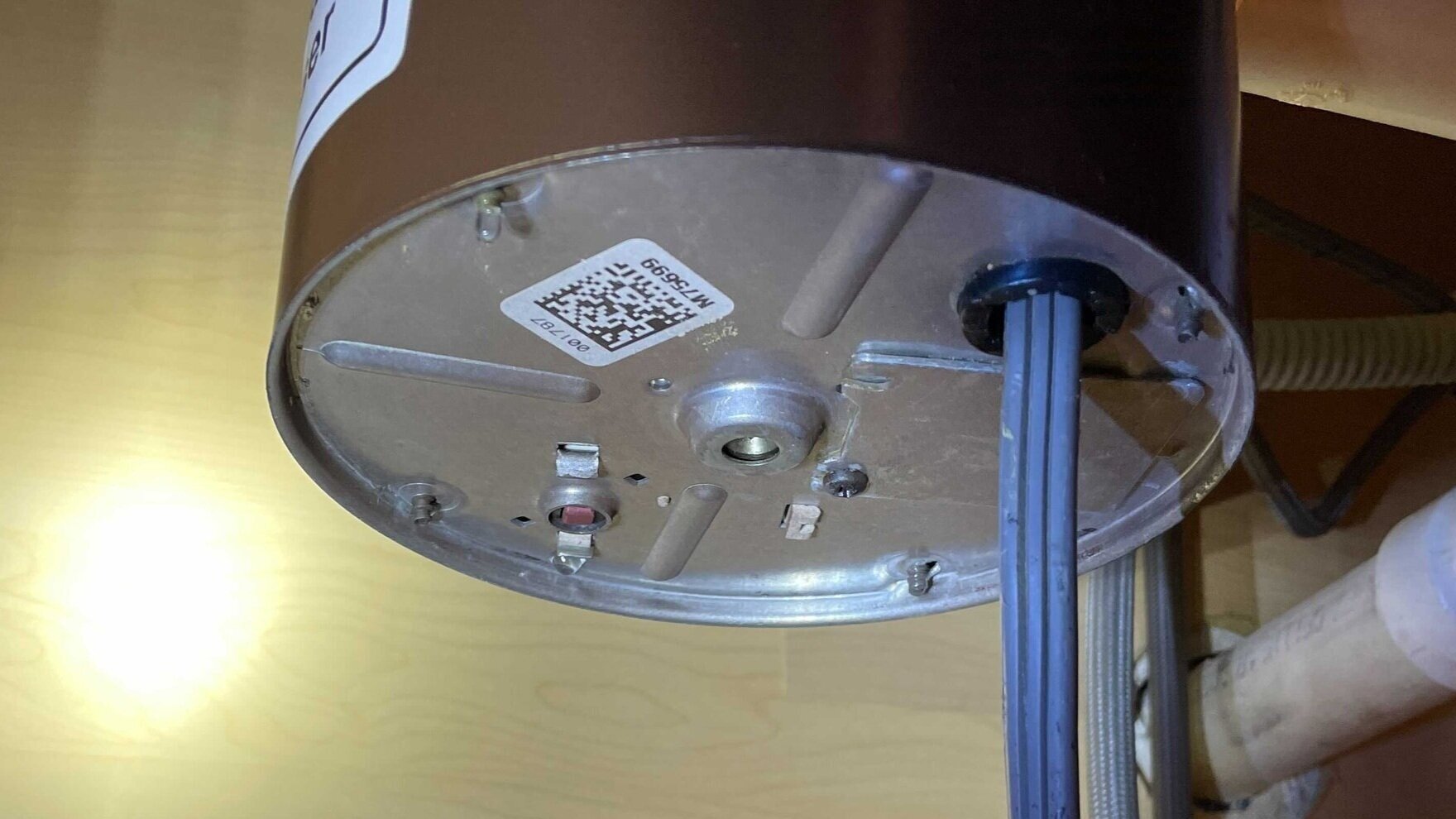Easy-to-Follow Techniques for Repairing a Leaky Garbage Disposal
Easy-to-Follow Techniques for Repairing a Leaky Garbage Disposal
Blog Article
What're your opinions about Why Is My Garbage Disposal Leaking From the Bottom??

Waste disposal unit are important cooking area devices that assist in taking care of food waste successfully. However, a leaking garbage disposal can be an aggravating and unpleasant problem to handle. Luckily, many leakages can be fixed easily with a few basic steps. In this article, we will go over how to deal with a dripping garbage disposal effectively.
Introduction
Waste disposal unit are set up under kitchen area sinks and are created to shred food waste right into smaller pieces, allowing it to go through the pipes system easily. While these gadgets are generally reputable, leaks can take place over time because of wear and tear, loose connections, or damages to the unit.
Step-by-Step Overview to Dealing With a Dripping Garbage Disposal
Shut off the Power
Prior to trying any kind of repairs, ensure that the power to the garbage disposal device is switched off to stop the danger of electric shock.
Find the Leakage
Determine the specific location of the leak and figure out the cause
Tighten Links
Make use of a wrench to tighten up any kind of loosened links in between the disposal system and the plumbing system.
Replace Seals or Gaskets
If the leakage results from worn seals or gaskets, remove the old parts and replace them with new ones.
Patching Fractures or Holes
For splits or openings in the disposal system, use epoxy or an ideal patching material to secure the broken area.
Identifying the Resource of the Leakage
Before trying to fix a dripping waste disposal unit, it is important to determine the resource of the leakage. This can usually be done via visual evaluation or by carrying out easy tests.
Visual Inspection
Examine the garbage disposal system meticulously for any kind of indicators of water leakage. Pay close attention to locations around seals, gaskets, and link factors.
Checking for Leaks
One way to examine for leakages is by running water with the disposal device and checking for any kind of visible signs of leak.
Typical Root Causes Of Leaks in Waste Disposals
Worn Seals and Gaskets
Seals and gaskets play a vital role in preventing water from dripping out of the waste disposal unit. With time, these elements can degrade, leading to leaks around the disposal system.
Loose Links
The connections between the waste disposal unit and the plumbing system can come to be loose over time, creating water to leakage out throughout operation.
Splits or Holes in the Disposal Device
Physical damage to the waste disposal unit, such as fractures or holes in the housing, can additionally lead to leaks.
Devices and Materials Needed for Dealing With a Dripping Waste Disposal Unit
Before starting the repair work process, gather the needed tools and products, including a screwdriver, adjustable wrench, plumbing's putty, substitute seals or gaskets, and epoxy or patching material for repairing fractures or holes.
Evaluating the Garbage Disposal After Repair
As soon as the fixing is total, check the waste disposal unit by running water with it to make certain that the leak has actually been resolved.
Preventive Upkeep Tips to Prevent Future Leaks
To avoid future leaks, it is essential to carry out routine upkeep on your garbage disposal. This consists of maintaining it tidy, preventing putting non-food things or tough objects down the disposal, and periodically looking for leakages or other concerns.
Final thought
In conclusion, dealing with a leaking waste disposal unit is a reasonably simple process that can be finished with fundamental tools and materials. By following the steps outlined in this short article and exercising preventative maintenance, you can keep your waste disposal unit in good working problem and prevent costly repair services in the future.
HERE’S HOW TO FIX YOUR GARBAGE DISPOSAL
WHAT TO DO IF SOMETHING IS STUCK IN YOUR GARBAGE DISPOSAL
If the impeller won’t turn, there’s probably something stuck in the disposal. It could be a steak bone or peach pit, although plumbers report pulling all sorts of inappropriate objects out of disposals, such as bottle caps or aluminum foil. Make sure power to the disposal is off, and look inside to see if you can see the source of the jam.
Never stick your fingers in a disposal. Pull out anything you see with tongs or pliers.
If the disposal still won’t work, it may be time to call a plumber or consider buying a new disposal. GEM Plumbing & Heating is here for all of your garbage disposal needs.
WHAT TO DO IF YOUR GARBAGE DISPOSAL DRAIN IS CLOGGED
Take everything out from underneath your sink and put a bucket or other container under your disposal to catch any water that drains out. Disconnect your disposal from the power supply. If it’s plugged into a wall outlet, unplug it. If it’s hardwired into an electrical box, go to the electrical panel and turn off the breaker for the disposal. Pour ¼ cup of baking soda into the drain, followed by ½ cup of white vinegar. Give the solution a few minutes to fizz and do its work. Look into the disposal with a flashlight to see if you can see an object that might be causing the clog. If you see it, remove it using tongs or pliers. MORE TIPS ON DEALING WITH A CLOGGED GARBAGE DISPOSAL
Never use drain cleaner in a garbage disposal. It can damage the plastic parts inside the disposal. You can also be splashed with the caustic liquid while working to clear the clog. Beware! Never stick your fingers into a garbage disposal. Trust us — not a good idea. In many instances, your dishwasher drains through your garbage disposal. This allows the disposal to grind any large food particles that may be drained out of your dishwasher. There are some jurisdictions, however, where the plumbing code prohibits such a connection. WHAT TO DO WHEN YOUR DISHWASHER DRAINS THROUGH THE DISPOSAL
Run some water in the sink so your plunger has at least a ½-inch of water to create a seal and plunge vigorously up and down several times. You may need to repeat this several times. Run hot water down the drain to clear any residue that remains.

We had been shown that article about Why Is through an associate on another web address. Be sure to set aside a second to share this entry if you liked it. I am grateful for your time. Visit us again soon.
Click Here Report this page